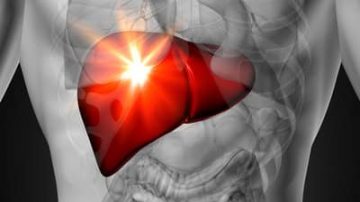More Articles – Featured, Hospital Procedures, Medical General, medical procedures, Respiratory diseases
Informed consent can be challenging during “normal” times, but it has become increasingly complicated during the COVID-19 pandemic. The informed consent process ensures that a patient or their surrogate decision-maker understands the benefits, potential risks and any alternatives of a…
Read More














